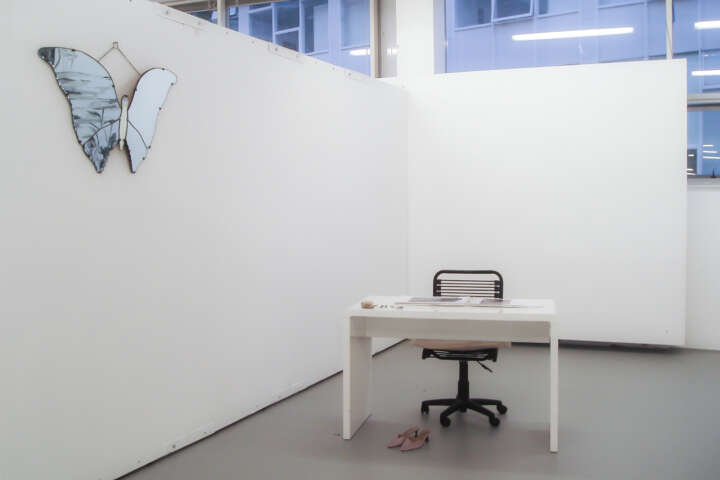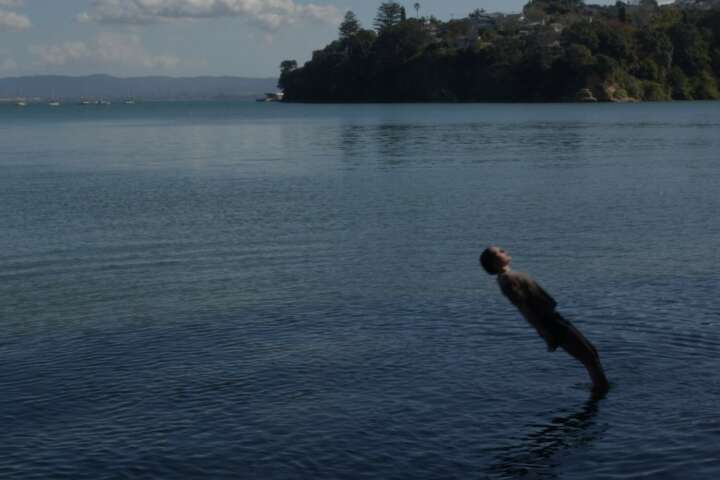Ella Douglas
Temporary Place

When does a space become a place? Surely a place is just a space inhabited by something with the ability to project meaning and definition. The ability to define said space under a construct; that of the home, the forest, the lake or the suburb. What then feeds this need? The need to map and draw borders to define countries, states and hemispheres. Perhaps this need is fed by a fear of the unknown. A fear of living in a landscape that rejects these definitions. A landscape that balances between two opposites: neither place nor space, universal or personal, known or unknown, fictional or actual. A space that neither allows recognition nor all together denies it. A subjective and fluid experience that is both void-like and isolating but also claustrophobic and oversaturated. In essence, one that leaves its inhabitant in a constant state of shift and flux.
For every aspect of the landscape is unknown. These vast natural spaces are a measure of human mortality but also of human resilience. Time for us is fleeting, made up of a collection of moments, memories and places. But much like the ruins we fight to restore, and the landmarks we build as an attempt at immortality, we too are constantly tending towards obsolescence, tending towards the organic and consumed by inevitable entropy. Surely once our constructs of time and place are removed, we become inhabitants whose livelihood is dictated by and contained within a landscape, rather than living with the false belief that we are in fact in control of our surroundings.






